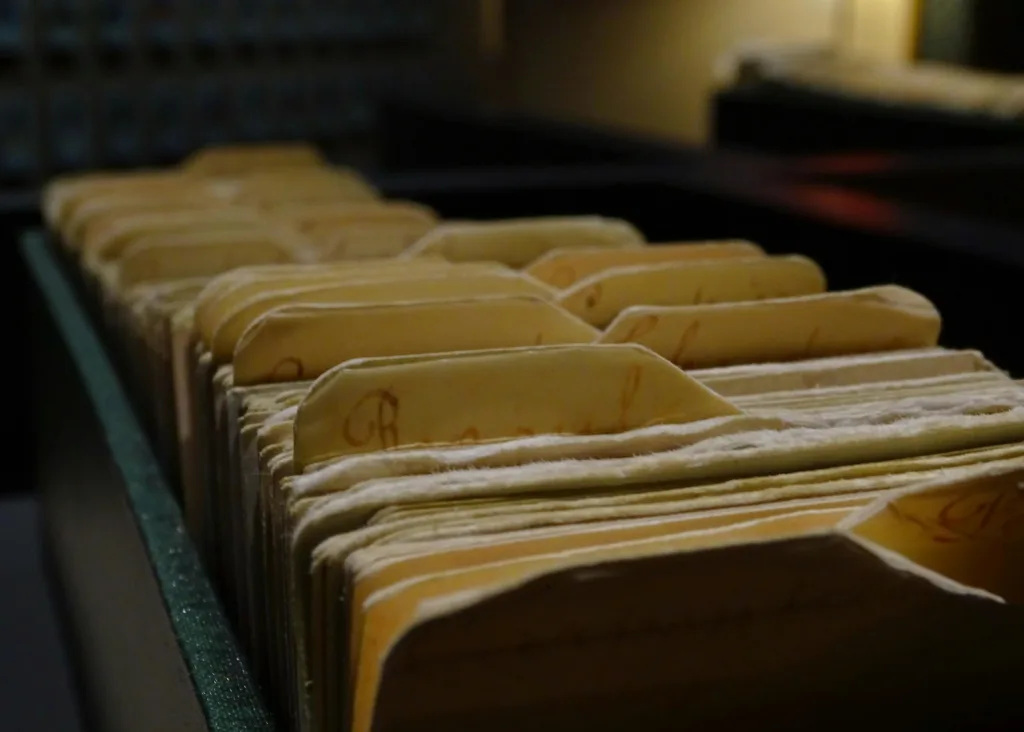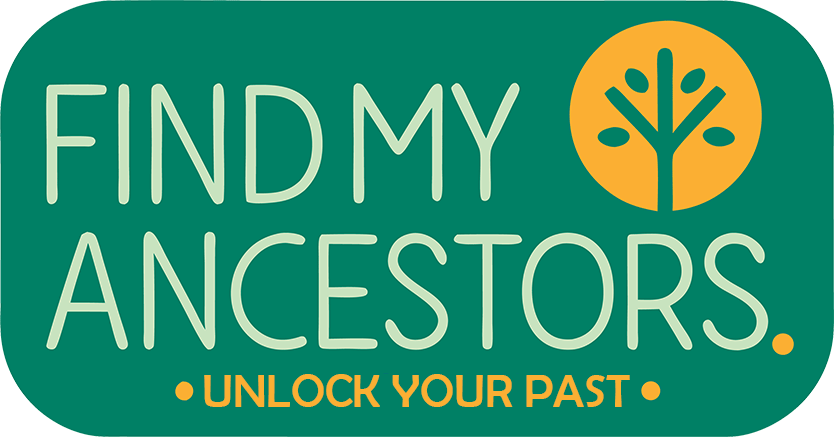If you have been researching your family history for even a short time, you will know how quickly the documents pile up. Birth certificates, census printouts, notes from websites, and photos can soon become overwhelming. Without a system, it is easy to lose track of where you found information or which version of a record is the most up-to-date.

The good news is that you do not need to be a professional archivist to keep your research organised. With a few simple steps, you can create a system that works for you, making it easier to find information, share it with family, and keep your research safe.
Why organising your genealogy documents matters
It might feel tempting to put off organising until “later”, but having a clear system from the start saves time and prevents frustration.
A good organisational system helps you:
- Find what you need quickly without digging through piles of paper or random computer folders.
- Avoid duplicating work because you know what you already have.
- Keep track of sources so you can return to them or cite them accurately.
- Preserve important documents for the future, ensuring they do not get lost or damaged.
Start by sorting what you already have
Before creating a new system, take stock of what you have gathered so far.
- Make two piles (or digital folders): one for documents you want to keep permanently, and one for items that are duplicates or no longer needed.
- Group by type: certificates, census records, photos, letters, notes.
- Identify what is missing: gaps in records or documents you need to re-download.
This step helps you see what you are working with and makes the next steps easier.
Organising your physical genealogy documents
For paper records, aim for a system that keeps everything safe, tidy, and easy to browse.
Choose the right storage
- Ring binders: Use one binder per family line or surname. Add dividers for different record types (e.g., birth, marriage, census).
- Archival boxes: For original documents like certificates or old letters, use acid-free boxes to prevent damage.
- Plastic sleeves: These protect delicate documents while allowing you to view them easily.
Label clearly
Every document should have a label with at least the surname, type of record, and date. For example: “Smith / Birth Certificate / 1889”.
Create a paper index
A simple list in the front of each binder can tell you exactly what is inside. This saves time flicking through pages when you are in a hurry.
Organising your digital genealogy files
Digital organisation can be just as important as physical. A well-structured set of folders will save hours of searching later.
Set up a folder structure
A common method is to create a main “Genealogy” folder, then subfolders by surname, and within those, by type of record. For example:
Genealogy > Smith > Census Records
Genealogy > Smith > Birth Certificates
Use consistent file names
File names should tell you exactly what the document is. A good format is:
Date_Surname_Firstname_Type
Example: 1889_Smith_James_BirthCert.pdf
Keep backups
Store copies of your files in at least two places, such as an external hard drive and a cloud service. This protects you if your computer fails. Google Drive is a good free option for creating and storing documents.
Tracking your research
Having a research log can keep you on track and prevent repeated searches.
A simple spreadsheet can record:
- Name
- Type of record
- Date found
- Where you found it (website, archive, or book)
- Notes about what you still need
See: A research log can help make sense of your genealogy
You can also use genealogy software (like Family Tree Maker) to store records alongside your tree.
Tips for staying organised
- Update regularly: Spend a few minutes after each research session filing new documents.
- Avoid mixing work: Keep genealogy files separate from personal or work documents.
- Use colour coding: Some researchers use coloured binders or folders for different family branches.
- Review periodically: Check your system every few months to make sure it still works for you.
Organising your genealogy documents might feel like a chore at first, but it makes research far more enjoyable. With an organised system, you will always know where to find a record, you will save time when updating your family tree, and your hard work will be preserved for the next generation.
Start small, create a simple system you can stick with, and remember, it does not need to be perfect, just practical. Your future self (and your family) will thank you.
